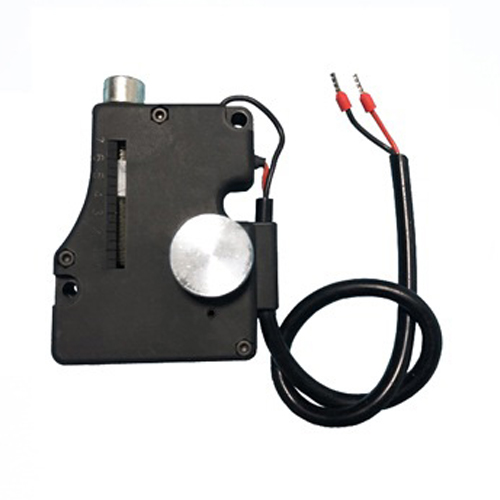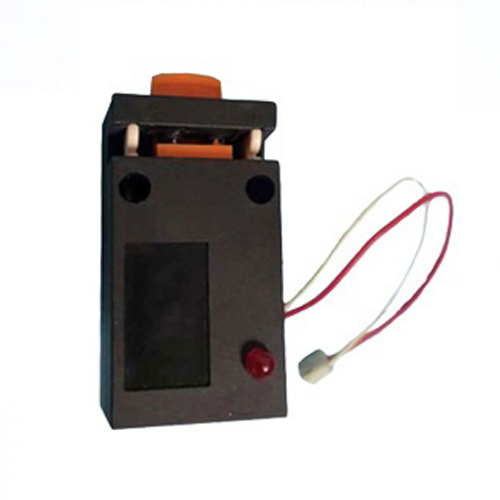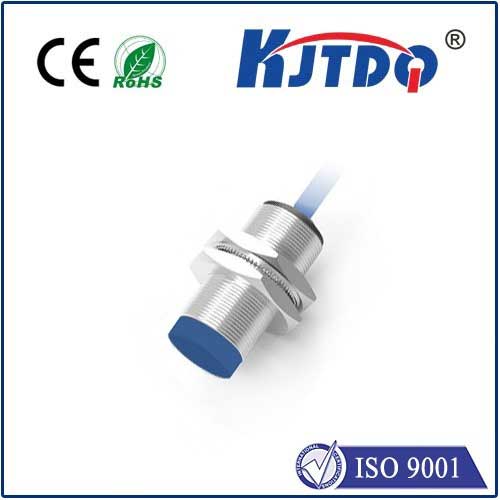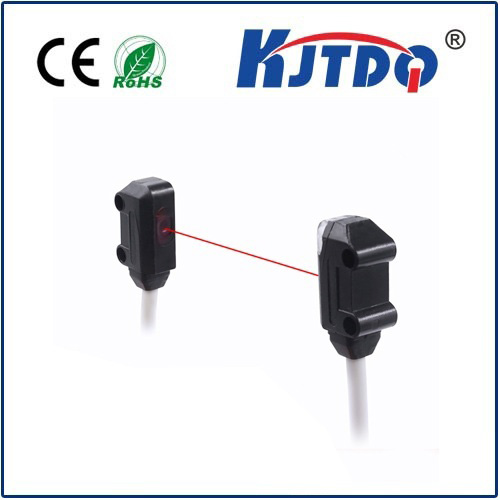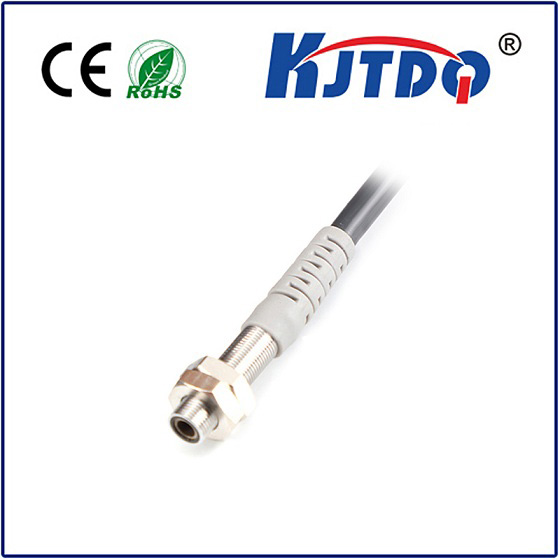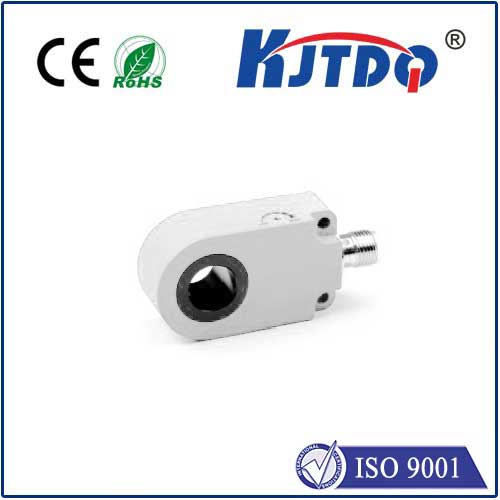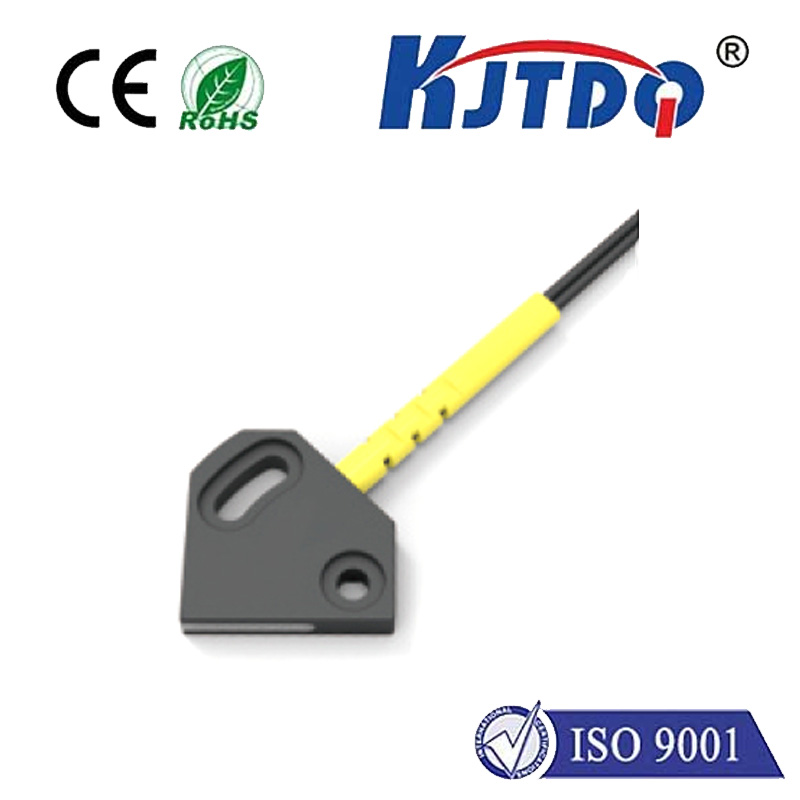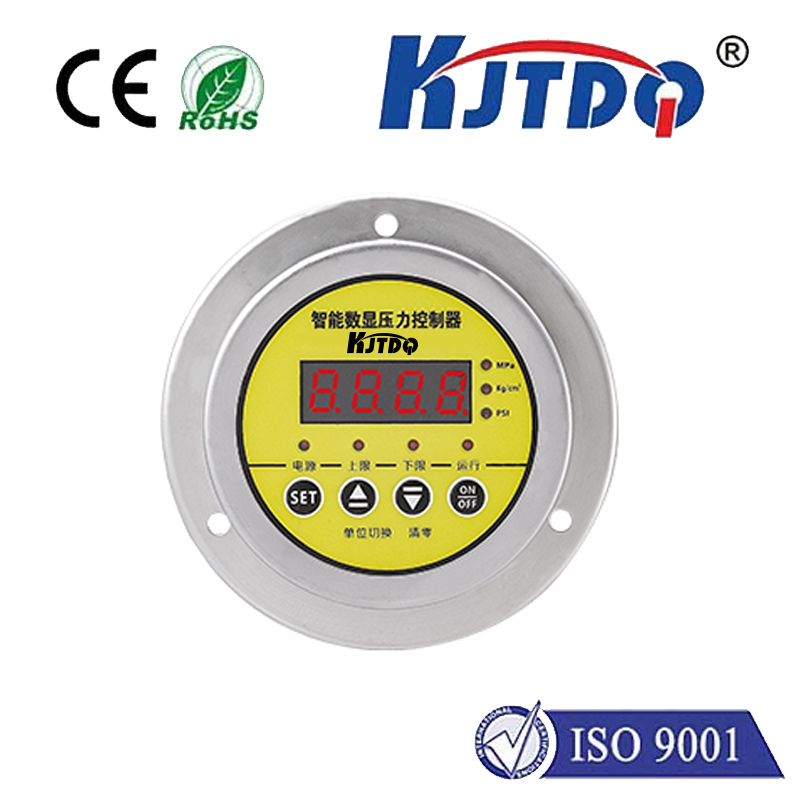Фотоэлектрический датчик желобчатого типа
- time:2025-07-26 02:48:25
- Нажмите:0
Slot Photoelectric Sensors: Precision Detection in Automation
Imagine a high-speed packaging line where robotic arms place delicate chocolate bars into boxes with millimetre precision. How does the machinery instantly ‘know’ the exact moment a chocolate bar is positioned correctly? Or consider the critical safety interlock on a high-power cutting laser; what ensures the laser shuts off immediately if someone reaches towards the beam? The silent, ubiquitous hero in countless scenarios like these is often a Фотоэлектрический датчик желобчатого типа.
Often referred to as a fork, through-beam, or U-shaped sensor, the slot photoelectric sensor is a fundamental workhorse in the world of industrial automation and electronic control. Its simplicity, reliability, and precision make it indispensable for detecting object presence, position, or absence in a vast array of applications.
How a Slot Photoelectric Sensor Works: The Core Principle
The fundamental principle is elegantly simple, built upon the properties of light:

- The U-Shaped Structure: A slot photoelectric sensor consists of a rigid, typically U-shaped or fork-shaped housing. This physical structure creates a precise, defined “slot” or gap.
- Emitter and Receiver: Mounted directly opposite each other on the inside arms of the U-shape are two key electronic components:
- Emitter: This is usually an infrared (IR) Light Emitting Diode (LED). Its job is to emit a continuous, invisible (or sometimes visible red) beam of light across the gap.
- Receiver: Positioned directly across from the emitter, this is a phototransistor or photodiode. Its sole purpose is to detect the beam of light sent by the emitter.
- The Detection Event - Beam Blockage: The sensor’s default state (when no object is in the slot) is that the receiver continuously receives the emitter’s light beam. When an object passes into the slot, it physically blocks the beam of light traveling from the emitter to the receiver.
- Signal Output Change: The receiver detects this interruption of the light beam. This change in the receiver’s state triggers the sensor’s internal electronics to produce an output signal. This output signal is typically:
- Discrete (On/Off): It changes state abruptly – commonly switching from a “High” voltage (or “closed” in PNP switching) to a “Low” voltage (or “open”), or vice-versa, depending on sensor configuration (Light-On/Dark-On).
- Sent to a Controller: This output signal is sent to a Programmable Logic Controller (PLC), robot controller, or other automation device, informing it of the object’s presence.
Key Components Enabling Reliability
While the concept is simple, the design incorporates features critical for robust operation:
- Precision Optics: Lenses or apertures collimate the emitted light and focus it onto the receiver, ensuring a sharp, defined beam for reliable detection.
- Housing Material: Often made of engineering plastics like PBT or metal for durability, chemical resistance, and shielding from ambient light interference.
- Electronic Circuitry: Provides stable power to the LED, amplifies the receiver’s signal, and generates the clean, robust output signal. Many incorporate immunity circuits to combat electrical noise common in industrial environments.
- Mounting Options: Integral mounting holes or slots allow for easy and secure fixture onto machinery frames. Alignment features often ensure the emitter and receiver remain perfectly opposed.
Why Choose a Slot Sensor? Key Advantages
Slot photoelectric sensors offer distinctive benefits that make them the preferred choice for many detection tasks:
- High Reliability & Precision: The fixed alignment between emitter and receiver guarantees consistent operation. Object detection is based solely on physical beam blockage, making it incredibly accurate and less susceptible to variations in target surface color, texture, or reflectivity compared to, say, diffuse reflection sensors.
- Fast Response Times: These sensors can react extremely quickly to objects entering or leaving the slot – often in microseconds. This is vital for high-speed counting or positioning tasks on fast-moving lines.
- Immunity to Background Interference: Because the receiver only expects a signal from its own, perfectly aligned emitter, ambient light from factory windows or other sources generally has minimal impact. Structured housings further shield against stray light.
- Simplicity: Their plug-and-play nature is a major plus. Setup involves little more than mounting the sensor and connecting power. There’s usually no need for complex alignment procedures or sensitivity adjustments.
- Долговечность: The enclosed housing protects the sensitive optical components from dust, dirt, chips, splashes (many boast good Ingress Protection (IP) ratings like IP67), and physical impact, making them suitable for harsh industrial environments.
- Wide Object Detection: They can reliably detect almost any type of object that physically fits into the slot and blocks the beam – metals, plastics, glass, wood, liquids, opaque objects, and even transparent materials if sufficient light is absorbed or refracted away.
Where Slot Photoelectric Sensors Shine: Common Applications
Their unique strengths make slot sensors ideal for:
- Object Counting: Precisely counting items passing through the slot on conveyor belts or chutes (e.g., bottles, parts, packaged goods).
- Position Verification: Confirming the presence or absence of an object at a specific point in a machine cycle (e.g., verifying a part is loaded in a fixture, a disk is inserted in a drive).
- Limit/End-of-Travel Detection: Signaling when a moving component (like a linear slide, door, lid, or robot arm) has reached a specific open or closed position.
- Safety Interlocks: Preventing machine operation when guards or doors are open by breaking the light beam path.
- Speed Monitoring: Measuring the rotational speed of encoders or shafts with slotted disks.
- Web/Shaft Break Detection: Detecting if a moving web (paper, film, fabric) has snapped by monitoring for the interruption of beam pulses generated by a slotted disk attached to a roller.
- Level Sensing: Detecting the top level of stacked items passing through a slot.
- Small Part Detection: Accurately sensing very small components where reflective sensors might struggle.
Selecting the Right Slot Photoelectric Sensor
Consider these critical factors when choosing:
- Slot Width (Aperture Size): Must be large enough to accommodate the feature being detected (e.g., a flag, tab, the object itself) but not oversized, as this can allow smaller objects to slip through undetected.
- Sensing Distance/Depth: The required depth that the object needs to be inserted into the slot for reliable detection.
- Object Size: The minimum object size that must reliably block the beam.
- Output Type & Configuration:

